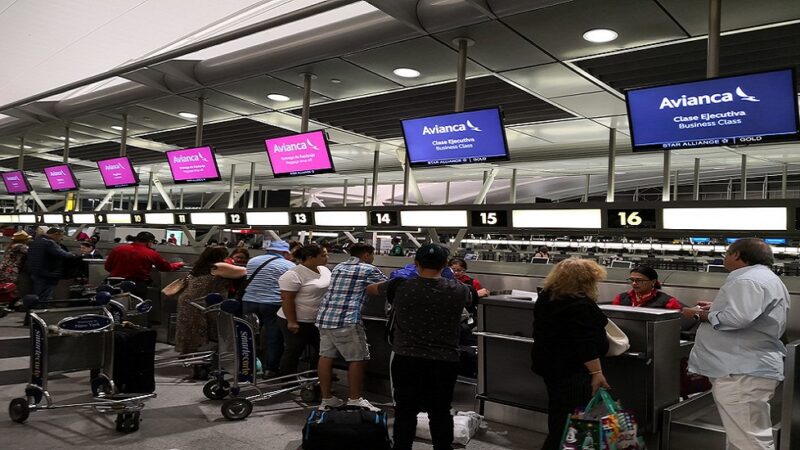Guide of Varanasi, the Holy City in India
For 3 days we were touring Varanasi, also known as Varanasi. In this entry instead of telling what we saw, did and stopped doing; I am going to write a small guide of Varanasi about the secrets that this impressive city hides. I hope it helps you.
Varanasi guide, what to see and do
I hope this Varanasi guide will help you. I have done it with my experiences, so if I have left something in the inkwell, please let me know.
1. How to get to Varanasi
Normally travelers arrive in Varanasi by train mainly from two cities: Delhi and Khajuraho.
The best option is to arrive from Delhi since we will have many trains throughout the day.
If on the contrary our route is Khajuraho-Varanasi, we will have something more complicated. There are only 3 weekly trains (Tuesdays, Fridays and Sundays) and one a day (departs at 11:40 p.m. and arrives in Varanasi at 10:50 a.m.). We recommend making the reservation online several days before to take a bunk bed and get some sleep, since the trip is 11h.
If for a casual you cannot travel on the days that there is this train, another alternative is to do: Khajuraho-Satna (by bus, 5-6 hours), Satna-Varanasi by train, there are many more options and schedules.
2. At the train station
Once at the train station we can go through the “Tourist Information Center” to give us a map of Varanasi. Next to it we have the “Foreign Tourist Center” where we can buy our “Foreign Quote” tickets. It is a good option if we have run out of general tickets for our next trip. I leave a link where we explain what that of the “Foreign Quote” is: INDIAN TRAINS I: Categories and Classes of tickets
When catching a Tuktuk to bring us to our Guesthouse, we have a small “Prepaid Tuktuk” office outside the station where there is a table with prices for the different areas of Varanasi. The problem is that I do not know if it works very well since the price given to us by the driver was higher than the one he put on the board. We tried to explain it but there was no way…
3. Accommodations in Varanasi
We were staying at Kedar Guesthouse which is located near Assi Ghat and its owners are very friendly. We recommend it 100%.
4. Restaurants and Rooftop
Apart from a large number of restaurants, there are some who triumph above all for their rooftop or rooftop on the banks of the Ganges from where we can have some fresh and enjoy its views. Here are some:
Indian shrimp: Spanish restaurant near the “Assi Ghat” with very good food. We recommend the Potato Tortilla, hehehe. It is located above the “Bargain Paying Guesthouse”.
Ganpati Guesthouse: A rooftop terrace where you have views of the Ganges. Located in the Meer Ghat.
Puja Guesthouse: Very good views of the Ganges. It is in the Lalita Ghat. Once on the roof of the restaurant I recommend going up some stairs to the roof of the restaurant.
Angeethee: good place, clean and not very expensive. Once inside it seems that you are no longer in India.
Blue Lassi: Who likes Lassi (a kind of fruit-curd yogurt) this is a good place to taste one. It contains an extensive menu with lots of combinations.
5. Ghats, entering the Ganges
Varanasi houses more than 100 Ghats, the name of the stone stairs that descend to the Ganges.
At dawn, men and women can be seen performing the “ablutions” (their purifying baths) in the river while paying tribute to the sun god, Surya.
At night we can observe in several Ghats the “Puja” , a ceremony of worship to the Ganges in which sacred songs are sung and the offering of light to the river takes place.
I leave you a list of the Ghats that we liked the most, although it is best to walk them and enjoy each one of them:
• Assi Ghat: first Ghat in the southern area of the Ganges. Here we took the boat to tour the Ganges.
• Harishchandra Ghat: If we start from the southern zone, it is the first cremation Ghat we meet. In this little Ghat there are 50 cremations a day. It also houses an electric crematorium, which is used by people who cannot afford to pay for the wood necessary for the incineration of their relative.
• Dasashwamedh Ghat: It is the most central and where the population is concentrated. At dawn you can see the ablutions. At 18h the “Puja” begins.
• Manikarnika Ghat: It is the biggest cremation Ghat in Varanasi and the one that impacts the most (100 incinerations per day). It is free to access this Ghat but it is totally forbidden to take photos. You can visit it during the day, but it is at night when it impacts the most. I leave you some tips so you don’t get ripped off here: TIMOS in India
• Panchganga Ghat: So far the boat took us. We were very impressed with the ablutions, full of people, music and color.
• Man Madir Ghat: Little Ghat where at 18h the Puja begins. There will be fewer people here than in Dasashwamedh Ghat.
Suggested Varanasi Tour: 2 Days Varanasi Tour without Hotel
6. Tour through the Ganges
To make the Ganges tour there are many boats that offer them. During your walk through the Ghats you can ask the boatmen to give you a price or do how we can hire you directly at your Guesthouse or hotel (so you have the security that they will not scam you or if you have any problem knowing where to claim ).
It cost us 250 INR per person. The route lasted 2h30min and went from Assi Ghat to Panchganga Ghat. We took the boat before dawn, at 5.30h, that gives the route a magical touch since we will see the ablutions.
7. Other places to visit
Varanasi is a city where you have to go flat and get lost in its narrow streets and walk all the Ghats on foot of the Ganges. An interesting place to get lost is the Chowk District, where we will find winding alleys and shops of all kinds.
Of course, you will have to be careful with the “monigas” of baca; it is not going to be that you fall to the ground for one of them, hehehe.
8. The corners of Varanasi (photos)
I cannot close this post without leaving a series of photos of this city so impressive and with so much contrast. I hope you enjoy them.





